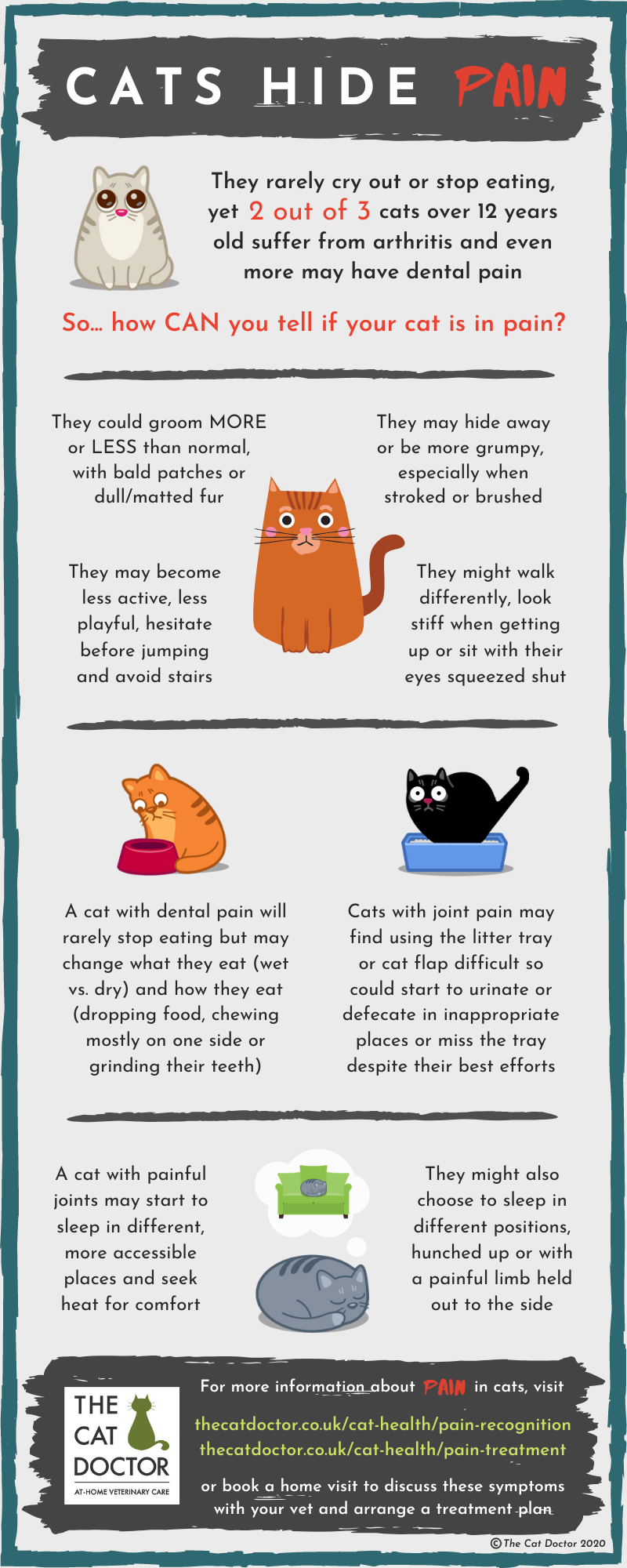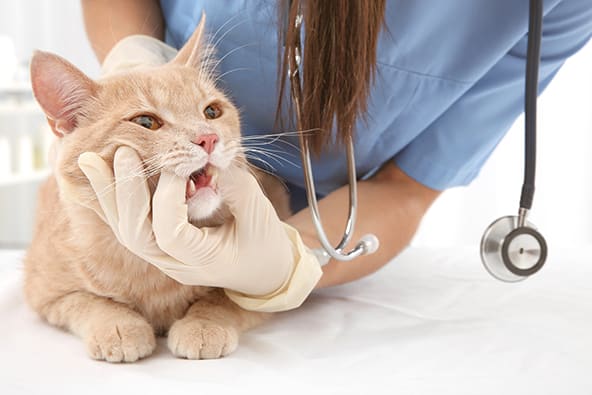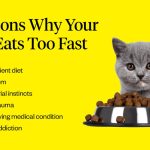If you’re a cat parent, you’ve likely experienced the frustration and concern that comes with watching your feline friend writhe in discomfort after a meal.
After Eating, Cat in Pain: Understanding the Connection
Cats are notorious for their picky eating habits, but have you ever stopped to think about what happens when they’re done dining? Do they seem relaxed and content, or do they appear to be in pain? If it’s the latter, you’re not alone. Many cat owners have witnessed this phenomenon, wondering what could be causing such distress.
The Link Between Eating and Pain
While it may seem unrelated at first glance, eating can actually play a significant role in your cat’s overall health and comfort level. In fact, digestive issues are one of the most common reasons cats exhibit pain after meals. From inflammatory bowel disease to gastrointestinal upset, there are several potential culprits at play.

If you’re a cat parent, you’ve likely experienced the frustration and concern that comes with watching your feline friend writhe in discomfort after a meal.
After Eating, Cat in Pain: Understanding the Connection
Cats are notorious for their picky eating habits, but have you ever stopped to think about what happens when they’re done dining? Do they seem relaxed and content, or do they appear to be in pain? If it’s the latter, you’re not alone. Many cat owners have witnessed this phenomenon, wondering what could be causing such distress.
The Link Between Eating and Pain
While it may seem unrelated at first glance, eating can actually play a significant role in your cat’s overall health and comfort level. In fact, digestive issues are one of the most common reasons cats exhibit pain after meals. From inflammatory bowel disease to gastrointestinal upset, there are several potential culprits at play.
Common Causes of Post-Meal Pain
One possible explanation for your cat’s discomfort is food intolerance or sensitivity. Some cats may experience adverse reactions to certain ingredients in their food, such as grains, dairy, or soy. This can lead to digestive issues like bloating, gas, and stomach pain.
Another potential cause of post-meal pain is dental problems. Cats are meticulous about their oral health, but dental issues can still arise, especially if their teeth are not regularly cleaned or maintained. When food particles become stuck in their teeth or gums, it can lead to discomfort, inflammation, and even abscesses.
Additionally, cats may experience pain due to constipation or diarrhea. This can be caused by a variety of factors, including dietary changes, stress, or underlying medical conditions like hyperthyroidism or kidney disease.
What Can You Do?
If you’ve noticed your cat exhibiting pain after eating, there are several steps you can take to help alleviate their discomfort:
- Consult with a veterinarian to rule out any underlying medical conditions that may be contributing to the pain.
- Consider switching your cat’s food to a hypoallergenic or novel protein-based formula to help manage potential food sensitivities.
- Brush your cat’s teeth regularly to prevent dental issues and promote good oral health.
- Provide plenty of fresh water for your cat to stay hydrated and support digestive health.
In conclusion, post-meal pain in cats is a common phenomenon that can be attributed to various factors. By understanding the potential causes and taking steps to address them, you can help your feline friend feel more comfortable and happy after meals.
Get Expert Medical Advice
After experiencing pain after eating, it’s essential to consult with a medical professional for proper diagnosis and treatment.
Consult with a Medical ExpertIn conclusion, understanding the connection between eating and pain in cats is crucial for their overall well-being. As we’ve discussed, digestive issues are a common culprit behind post-meal discomfort, but there are other potential factors at play as well.
As a responsible cat parent, it’s essential to monitor your feline friend’s behavior and body language after meals. If you notice any signs of distress or discomfort, consult with your veterinarian to rule out underlying conditions.
By taking the time to understand what may be causing your cat’s pain, you can take steps to address the issue and ensure they remain comfortable and happy. Remember, a healthy and contented cat is a joy to have in your life – so don’t hesitate to investigate any concerns you may have!
What is 1 bilirubin in dog urine: A comprehensive guide: As a responsible pet owner, it’s essential to understand what normal and abnormal levels of bilirubin in your furry friend’s urine mean. Learn how to interpret the results and what steps you can take to ensure your pup’s overall health.
Black beans nutrition fact: Add some protein-packed punch to your diet with black beans! This article breaks down the nutritional benefits, including high levels of fiber, vitamins, and minerals. Get ready to supercharge your meals with this nutritious legume.




